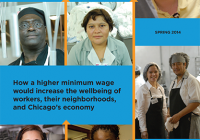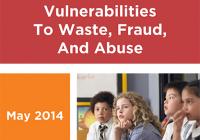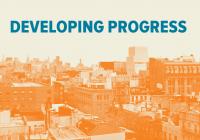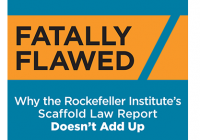Publication -- do not use
Voter registration is the number one barrier to the vote. An estimated 51 million eligible citizens, more than 24 percent of the electorate, could not cast a ballot on Election Day in the 2012 presidential election solely because they had not been registered. Registration and voting rates are particularly low for families with annual incomes below $20,000, voters of color, naturalized citizens, and those with limited English proficiency. Civic engagement levels are even worse in New York State. Fewer New Yorkers registered to vote and cast a ballot in the November 2012 general election than the national average.
Charter school officials have defrauded at least $30 million intended for Pennsylvania school children since 1997. Yet every year virtually all of the state’s charter schools are found to be financially sound.
LGBT Americans have the same worries as other Americans when it comes to paying for healthcare and other needs, finding good jobs, and saving for the future.
Citizenship: A Wise Investment for Cities
Metropolitan areas derive much of their vitality from their large immigrant populations. When immigrants become citizens, they make a deeper investment in their communities, leading to civic, economic and social benefits for all.
How HUD Is Helping Wall Street and Hurting Our Communities
The financial industry has found yet another way to profit from the distress of homeowners. Investors are trading distressed residential assets – mortgages and vacant properties in severe
Raise Chicago
Increase the wellbeing of workers, their neighborhoods, and Chicago’s economy
A Report by the Center for Popular Democracy and Raise Chicago
Developing Progress is a proposal for progressive development policies and a call for responsible real estate development that values the safety of workers.
New York State’s Labor Law §240 (commonly known as the Scaffold Law) helps keep workers safe by holding employers and owners liable if unsafe conditions at their worksites result in injuries or death of workers working at an elevation. The law is crucial: falls from elevations kill more than one-third of all construction workers killed at work, by far the leading cause of on-the-job deaths in the industry.
Transit can help bridge the divides that separate us: economic class, race, age, disability status, and access to opportunities. Transit is unique in its ability to produce a more equitable state. But transit can play this role only if we design it to do so.




















